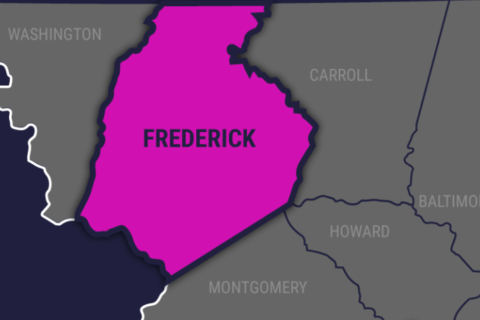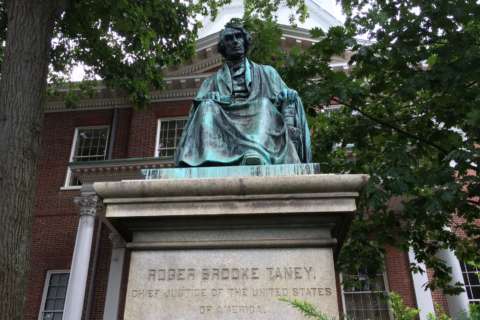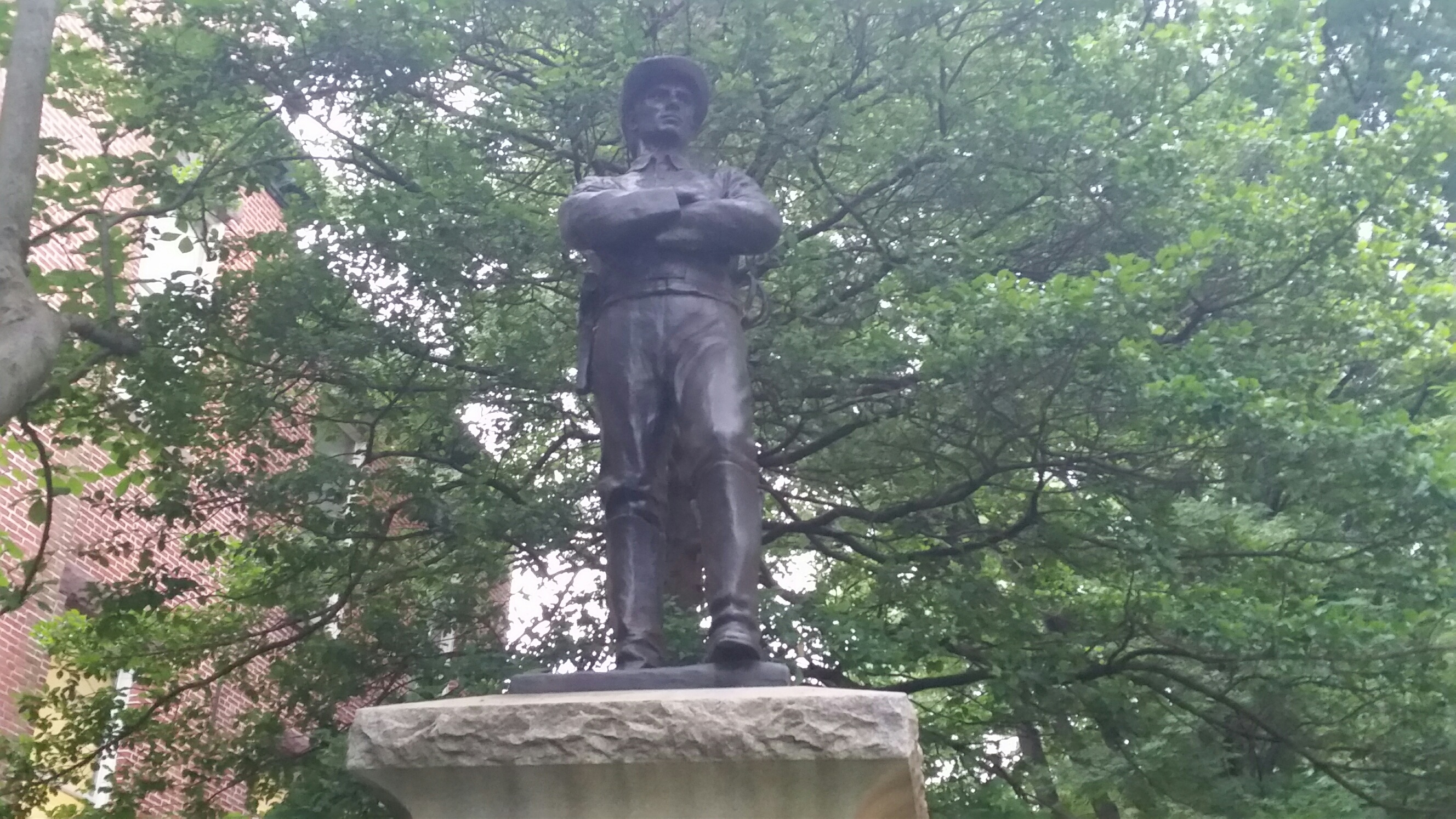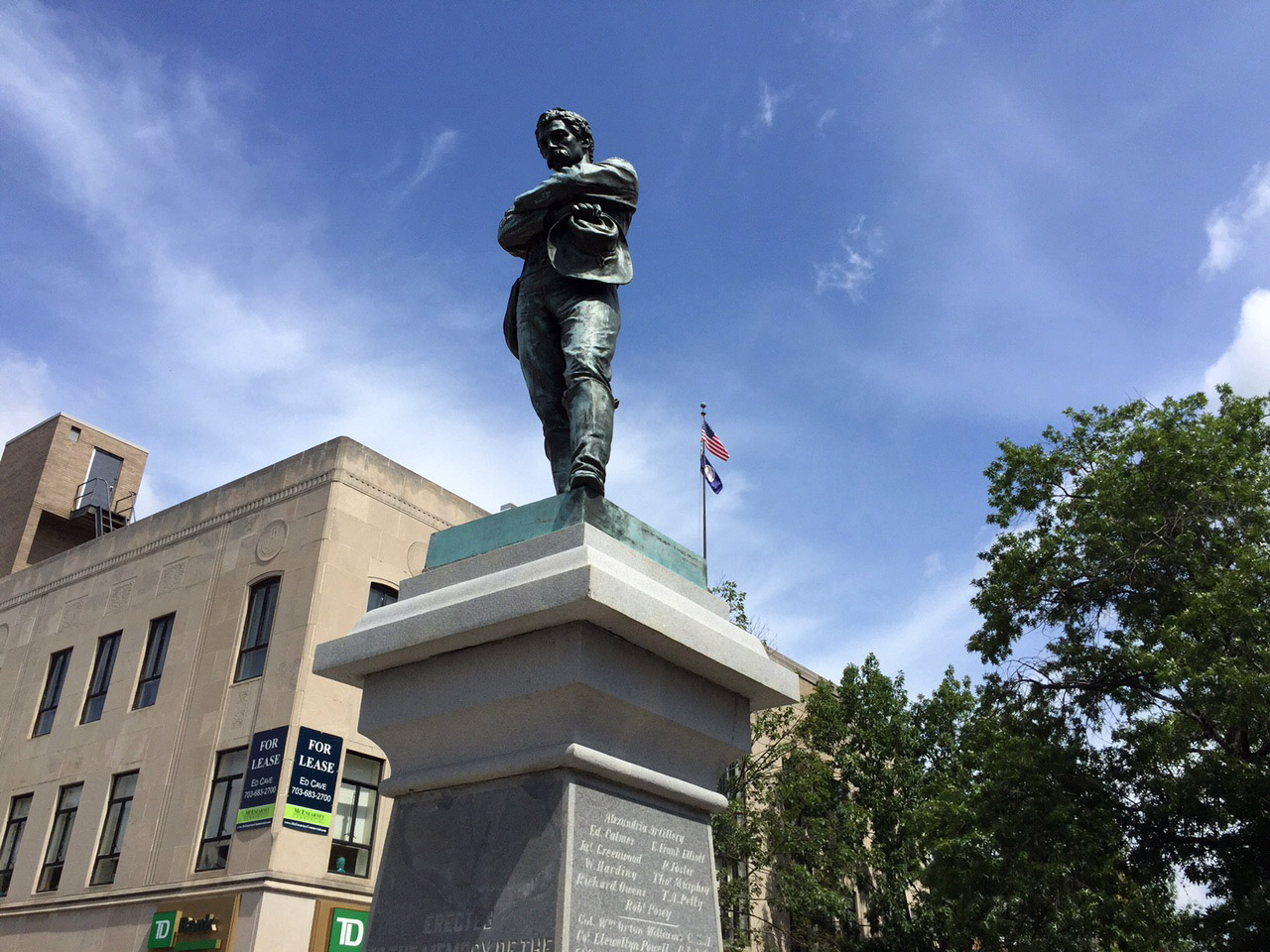WASHINGTON —From the Confederate battle flag to the name on the University of Maryland football stadium, symbols of the past are being reexamined.
Historian Michael Williams says it’s unwise to begin taking away historical statues and symbols because they might be viewed differently through a modern lens.
“(For us) to look at these people from the 21st century, with a 21st century mind, that’s our inclination to do and it’s totally understandable, but it’s not necessarily appropriate when you’re looking back at people who lived in a very, very different world,” Williams says.
In Maryland, the City of Rockville plans to remove a statue of a rebel soldier from the courthouse grounds. Students at the University of Maryland are demanding a new name for Byrd Stadium, claiming that its namesake, Curley Byrd, was a racist.
In Northern Virginia, there’s a petition underway to change the name of Jefferson Davis Highway and some people are suggesting name changes for Fairfax County high schools J.E.B. Stuart and Robert E. Lee.
“If you look at textbooks in high school, they are enormously broad, very truncated in many cases … people are really only getting pieces of the picture and they’re making a decision based on that,” Williams says.
Williams is writing a book, “City Under the Guns,” about Abraham Lincoln’s struggle to keep pro-Southern Baltimore in the Union fold. He wrote his master’s thesis on former Chief Justice Roger Taney, the author of the Dred Scott decision that upheld slavery.
But Taney’s story is more complex than his stance on the Dred Scott decision. “This is a guy who inherited slaves and freed them … . He freed his slaves about 40 years before he died,” Williams says.
Recently, a statue of Taney in Frederick, Md. recently splashed with red paint.

“I thinking that taking down a statue or defacing it is tantamount to sticking your head in the sand and pretending it didn’t happen,” Williams says.
Though Williams says it’s unfair to judge people in hindsight, he says people’s raising questions about historical figures and symbols is all-American.
“That’s the nature of democracy, really what we have in democracy is debate and discourse, and that’s what’s happening,” Williams says.
So while figures from America’s past ranging from Andrew Jackson to Woodrow Wilson are open to new scrutiny, historian Williams says one element won’t change.
“The fact of the matter is that these people did play a significant role in history and that we can’t change,” Williams says. “That’s part of the fabric of our culture in the United States.”










